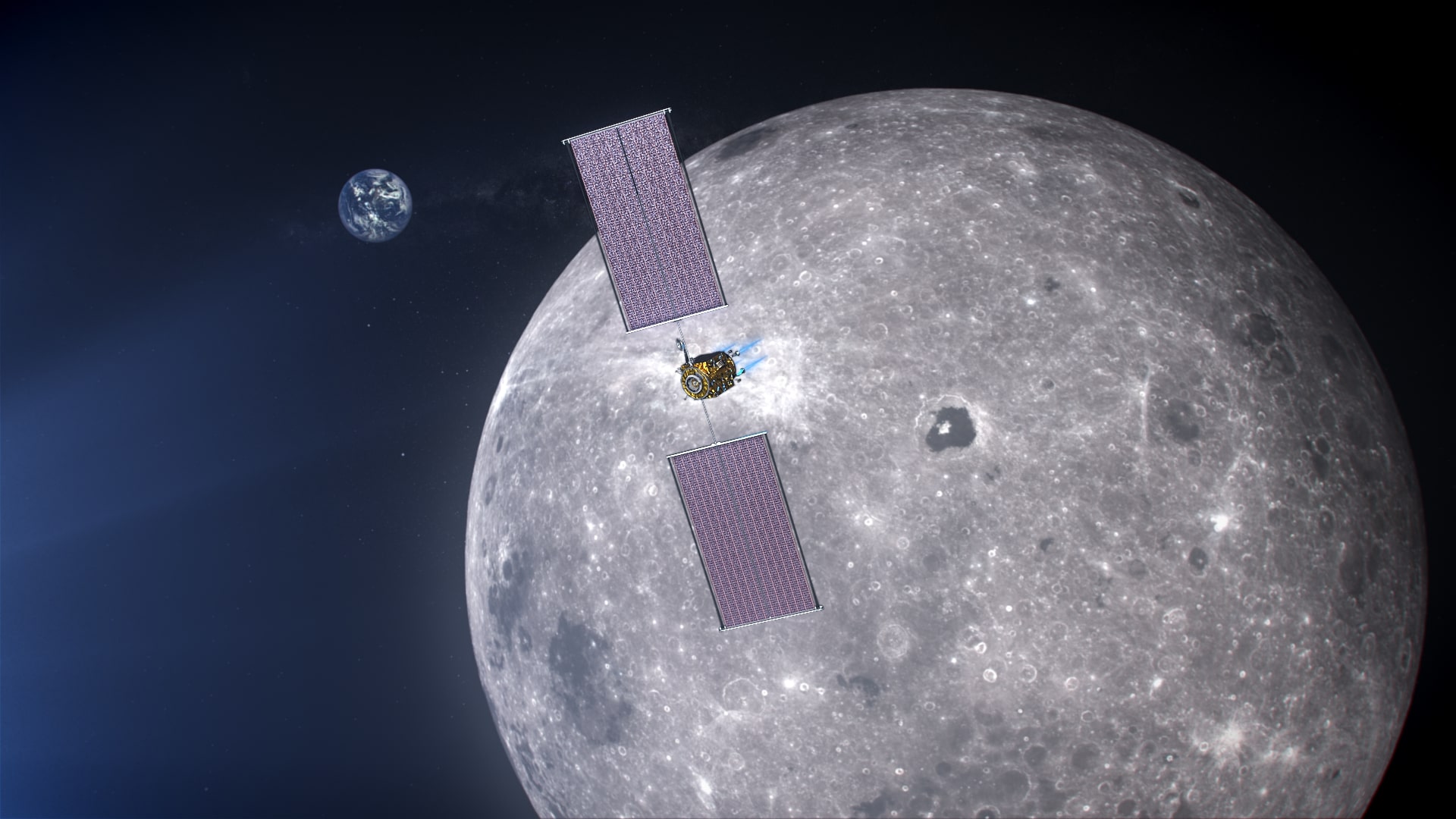
The ambitious, even perhaps overly ambitious, plan for NASA to send astronauts back to the moon by 2024 is underway, with new developments coming this week. NASA announced that it aims not just to send a man back to the moon, but to send the first woman as well. And the agency announced funding plans and partnerships with the private sector companies that it will work with on the project.
The companies that will contribute to the mission, known as Artemis, include Maxar Technologies of Colorado, which will develop the power, propulsion, and communications capabilities for the lunar Gateway — a small spaceship that will orbit the moon and house living quarters and research stations for astronauts. Gateway will act as a home base for missions to the moon, and will potentially play an important role in eventual manned missions to Mars. The idea is that it can act as a stopover on the journey between Earth and Mars, allowing more efficient movement of people and supplies between the two planets. In addition, it will act as a communications relay.
The element currently being planned, power and propulsion, will produce large amounts of power from solar energy, and should be three times more powerful than current systems. The contract for developing the element will cost $375 million and ideally will be completed by late 2022.
“We’re excited to demonstrate our newest technology on the power and propulsion element,” Mike Barrett, project manager at NASA’s Glenn Research Center in Cleveland, said in a statement. “Solar electric propulsion is extremely efficient, making it perfect for the Gateway. This system requires much less propellant than traditional chemical systems, which will allow the Gateway to move more mass around the Moon, like a human landing system and large modules for living and working in orbit.”
NASA has had trouble securing the full funding realistically required to carry out a successful moon mission within five years, however. Uncertainty about how much funding will actually be available has left many skeptical about whether the 2024 is really achievable for a manned lunar landing. Among the uncertain: NASA administrator Jim Bridenstein.
“Not on the 2024 agenda,” Bridenstine told the New York Times when asked if he had discussed the moon landing goal with President Trump. Given the president’s mercurial nature, and the funding required for his pet projects, it’s all too easy to see funding slipping — and the moon falling further out of our grasp.
Editors' Recommendations
- NASA’s Artemis moon astronauts suit up for mission practice run
- NASA’s high-tech lunar backpack aims to map surface of moon
- NASA pushes its mega moon rocket test back to next week
- Stunning NASA images show next-gen moon rocket on launchpad
- NASA looks beyond SpaceX for future lunar landers




